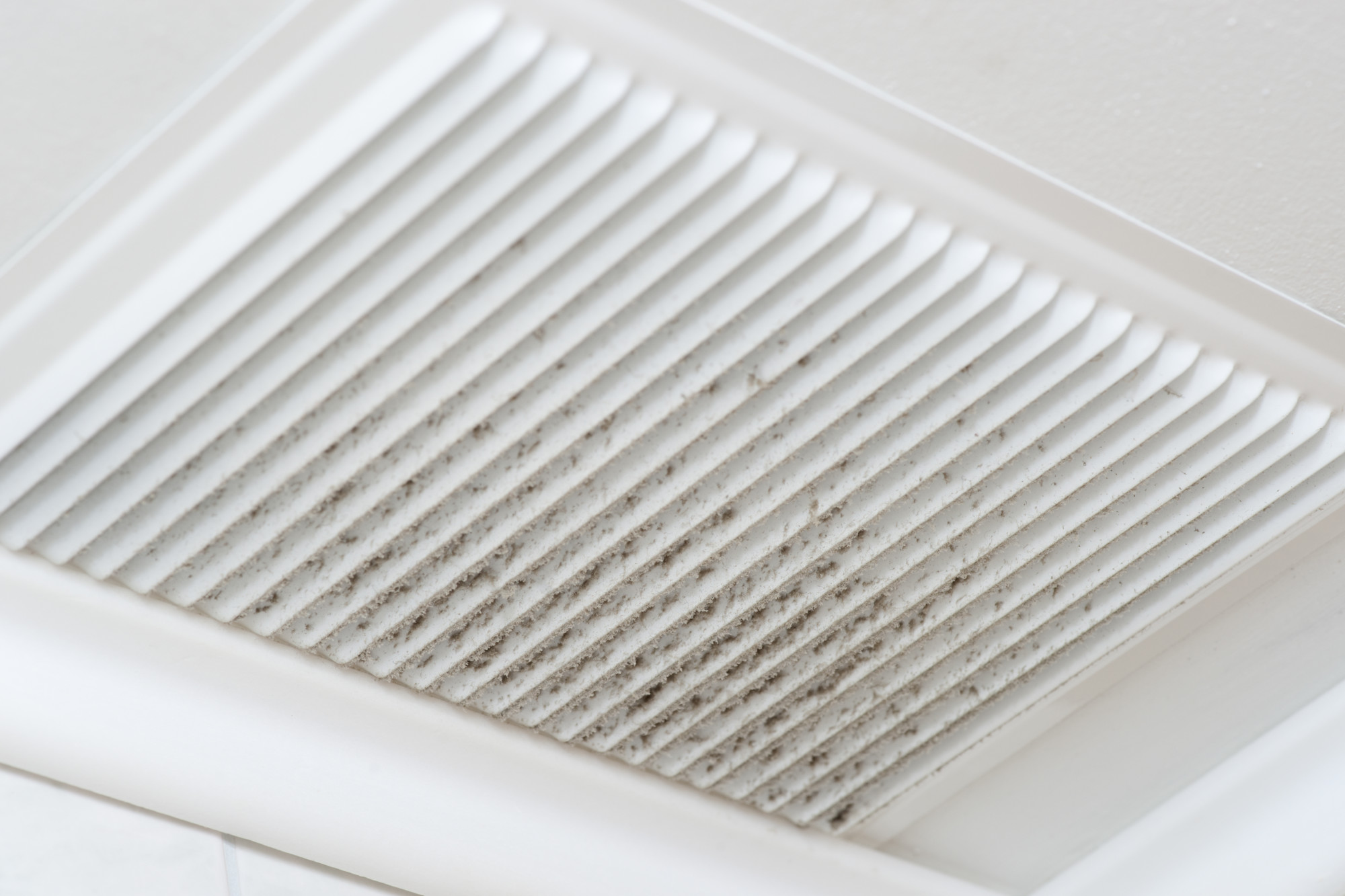Household mold is a serious issue. Not only is it unsightly, but it can also cause serious health problems and make your house structurally unsound.
This is why it is crucial to turn to professionals like Big Easy Restoration if you find mold colonies in your home.
In this article, we’ll teach you about the five most common types of house mold. We’ll also show you how to get professional solutions for all the different types of mold.
Penicillium
There are about 200 different species of Penicillium molds. Penicillium chrysogenum is the species that is most commonly found in indoor environments. It can grow on anything including walls, carpets, mattresses, furniture, and any damp building materials.
Penicillium molds have inherent toxicity that can trigger allergic reactions. Common mold symptoms include sneezing, runny or stuffy nose, coughing, watery eyes, and itching around the eyes, nose, and throat.
Signs of mold for Penicillium are relatively easy to identify. They produce large quantities of yellow, green, or blue fuzzy spores. If you’ve ever left food in the fridge too long and it’s developed some fuzzy growths, this is Penicillium mold.
Cladosporium
Cladosporium molds are one of the most common types of mold. They typically grow on curtains, carpets, upholstery, and wallpaper. They can also grow on plywood and window sills.
In addition to respiratory issues, Cladosporium molds also cause sinus infections, eye infections, ear infections, and skin problems.
These molds appear in clusters of black, yellow, or green spots. They spread quickly when not cleaned away.
Alternaria
Alternaria molds typically show up in damp areas like sinks, showers, and toilets. Colonies can also grow in carpets and floors.
Alternaria mold growth can cause symptoms of asthma. These include chest tightness or pain, shortness of breath, and wheezing.
This mold grows in thick black, gray, or green colonies.
Aspergillus
Aspergillus molds are widely varied in appearance and can be tough to visually identify. They are typically found on damp walls, wallpaper, HVAC insulations, upholstery, carpets, and flooring. Any area that is exposed to too much humidity is a breeding ground for Aspergillus.
Aspergillus fumigatus is a serious health risk and can cause the lung disease Aspergilloses. Symptoms of this disease include fever, chest pain, difficulty breathing, and coughing up blood.
Aspergillus fumigatus typically grows in round, blue colonies. But other molds in this family come in many different colors.
Stachybotrys Chartarum
Also known as black mold, Stachybotrys Chartarum is the most infamous type of house mold. It thrives in areas that have sustained heavy water damage. Black mold typically grows on sodden building materials like wallboard, cardboard, and ceiling tiles.
It’s important to note that the dangers of black mold are often overstated. It has been speculated to cause debilitating respiratory symptoms, immune dysfunction, and cognitive impairment.
But according to a report in the Toxicological Sciences Journal, black mold has to be present in massive quantities to even begin causing these symptoms. People also have to be exposed to the mold for a significant period of time.
However, that doesn’t mean that you should take black mold lightly. If you see any colonies of mold that are pure black with no other color, contact us immediately.
Customized Solutions for Different Types of Mold
Different types of mold can cause serious health issues. They can range from mild allergic reactions to serious lung diseases.
If you’ve found colonies of mold in your house, contact us today. At Big Easy Restoration, we provide customized solutions to combat all types of household mold to get you and your family breathing easy again.

